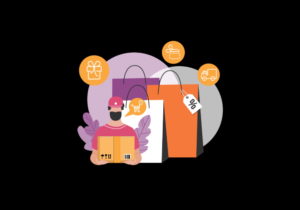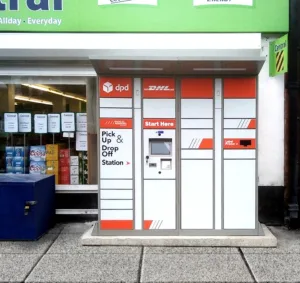Despite the welcome news of inflation dipping to 10.5% in the twelve months to December as fuel prices drop, the cost of living crisis is still deepening at one of the highest rates in 40 years. In the face of ever-increasing living costs, many retailers across the country are finding it hard to keep buoyant.
Worryingly, reports show that more than half of ecommerce businesses haven’t made plans to get ahead of the downward curve. The most effective way to drive growth in a challenging economic climate is by focussing on retaining and engaging with existing customers – LoyaltyLion data shows that if a customer joins a loyalty programme, the chance of them returning to purchase again is increased by 47%.
With a looming recession and a whole new year ahead, there’s no better time than now for retailers to get their retention checklists in place, setting the scene for increased customer loyalty in 2023. Effective action needs effective planning.
Here, Charlie Casey, CEO and Co-Founder of LoyaltyLion provides six key steps to give retailers the best chance of driving customers through to loyal insider status this year and beyond.
Planning loyalty promotions in advance – retailers should identify every opportunity to connect with customers at times that are most relevant to them, and align loyalty point promotions with other marketing spikes like seasonal events, product launches, and rebrands etc. Brands should ensure communication with customers at these times is done in a way that feels personal to them – nearly seven in 10 consumers are more likely to buy if they get personalised promotions or offers.
Revisiting integrations – retailers should make sure their technology is working hard for them. Brands should ask themselves if their loyalty programme is integrated and passing loyalty data to their email or SMS providers, or with their reviews platform. By integrating a loyalty programme with their other existing technologies, they’ll see a better return on investment from each tool too. This is because they’ll have a centralised way to personalise their customers’ experiences.
Double checking segmentation – there should be a really solid understanding of who the most valuable customers are and how to deploy experiences to them that will keep them shopping. Retailers should also look at capturing their at-risk customers before they churn. In fact, at-risk customers who’ve not purchased within the timeframe expected is the segment that’s most likely to grow during the economic downturn, so it’s key to think about how to surprise and delight them or remind them why they engaged with the brand in the first place.
Affordable acquisition – taking every opportunity to encourage customers to act as advocates and talk about the brand positively on social media, as well as refer friends and family, is vital. Key seasonal moments and sales events provide the perfect opportunity to garner loyalty and encourage customers to act as brand advocates. Following a positive seasonal sales event, such as Black Friday or Mother’s Day, research shows that 74% of shoppers are likely to refer a friend or family member.
Opening the lines of communication – an open feedback loop with customers is crucial. Retailers should make sure they’re using their loyalty programme to its maximum potential by gathering feedback from the shoppers that engage with their brand the most. By inviting buyers to share their feedback, photos, and brand-related content in exchange for points, they can drive adoption rates for new loyalty programmes and engage their most loyal customers.
Benchmarks – having a clear idea of what retention success looks like in 2023 is key. Retailers should ensure they know their repeat purchase rates or customer lifetime value, as well as how much they need to improve them for retention to be the best possible growth lever it can be. Knowledge is power and having figures and KPIs front of mind will ensure retailers are prepped, focussed and hungry for success.
Final words of advice from Charlie
With a cost-of-living crisis and a recession to combat, a well-thought-out retention plan that nurtures existing customers as well as inviting new ones in, is crucial for driving growth in the year ahead and beyond. No retailer can control the economic climate surrounding their business; however, they can respond to it in a way that doesn’t damage their margins. A meticulously prepped and carefully executed retention strategy will give retailers the competitive edge for staying ahead in challenging economic times.










